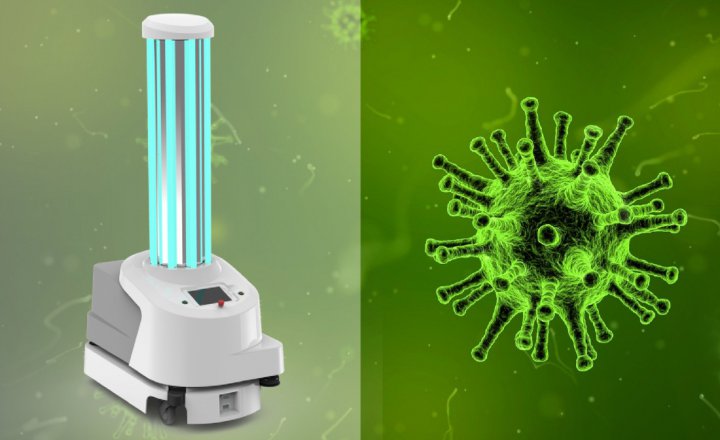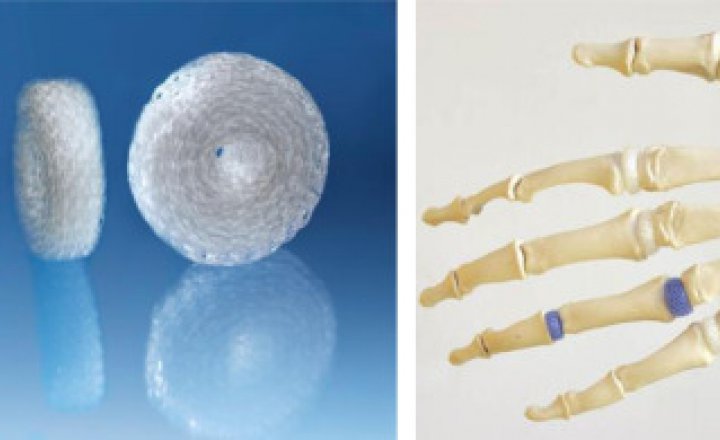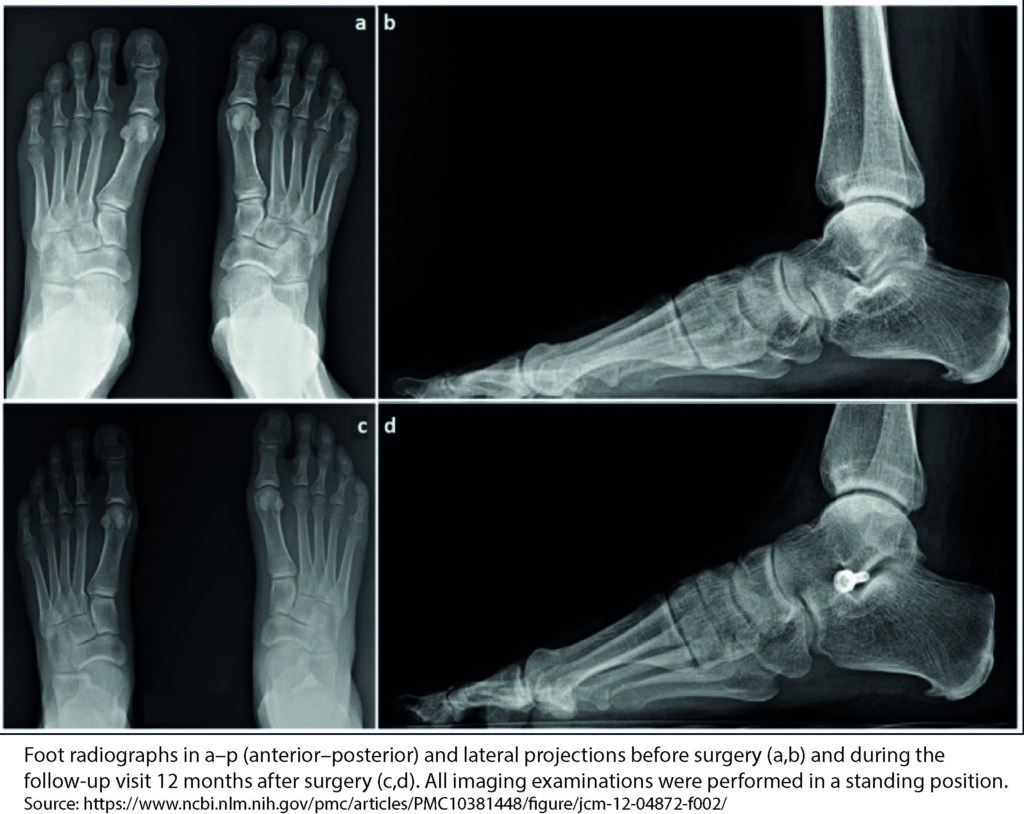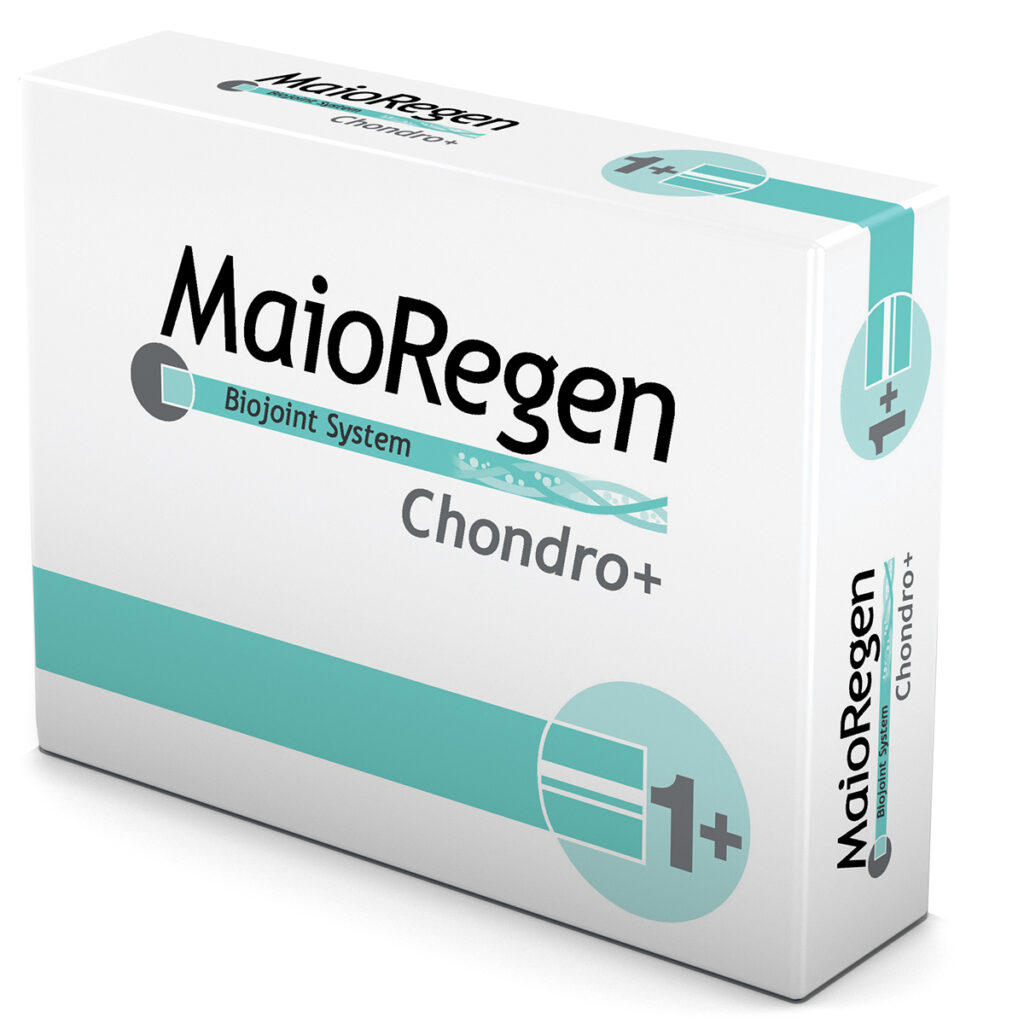Diabetic neuropathy is a microvascular complication of type 1 and type 2 diabetes that affects the nervous system and leads to disability. The first symptoms of neuropathy are tingling, numbness and itching in the hands and feet. Diabetic neuropathy affects 60-70% of diabetics and is the leading cause of foot ulceration and amputation.
Symptoms of diabetic neuropathy
The most common symptoms of diabetic neuropathy:
- sensory disturbances, hypersensitivity to touch, loss of sensation in the feet,
- numbness, tingling, burning in the hands and feet,
- feeling of very hot or very cold feet,
- pain in the feet:
– burning pain, superficial,
– deeply localized, wrenching, dull pain, in the bones of the feet, appearing most often at night,
– sudden, piercing pain, - leg cramps,
- decreased muscle strength, muscle atrophy,
- impairment of autonomic function (decreased sweating, dry and cool skin, cold feet, hard-to-heal wounds, ulcers, in women there may be vaginal dryness, decreased sex drive, in men there may be erectile dysfunction.

Diabetic neuropathy causes a reduction in the quality of life of patients. The condition is the cause of the so-called diabetic foot syndrome and leads to gangrene, resulting in the loss of a limb. According to statistics, as many as 50-75% of limb amputations are attributable to the diabetic foot.
Causes of diabetic neuropathy
The main cause of diabetic neuropathy is hyperglycemia, i.e. elevated blood glucose levels, which causes abnormalities in the structure of nerve fibers and their function, which is to conduct nerve impulses.
Other factors , which can increase the risk of developing the disease are:
- cigarette smoking,
- excessive alcohol consumption,
- hyperlipidemia, that is, abnormal values of LDL cholesterol and triglycerides in the blood,
- genetic predisposition.
Types of diabetic neuropathy
There are several types of diabetic neuropathy:
- latent neuropathy – can be detected by electrodiagnostic and quantitative sensory testing,
- generalized symptomatic neuropathy with features of symmetrical involvement of sensory and motor nerves innervating parts of the extremities and autonomic system,
- focal syndromes.
Treatment of diabetic neuropathy
Pharmacological treatment of diabetic neuropathy does not provide long-term relief, primarily due to the lack of drugs that can act on the pathogenetic mechanisms causing it.
Among the small group of compounds with such effects are aldose reductase inhibitors. However, the results of the clinical trials conducted have proved disappointing. The treatment currently used is only symptomatic and aims to provide relief from pain, associated with neuropathy. To this end, patients are given: analgesics, tricyclic antidepressants, antiarrhythmic drugs, and more recently: new antiepileptic agents, gabapentin and lamotrigine, and opioid analgesics.
FREMSTM – relief for diabetic neuropathy sufferers
One of the latest and promising directions to find a suitable solution to this problem is neuromodulation therapy, which activates the internal structures of neurovascular pathways.
It is the only proven treatment for neurovascular disorders on the market, and its effectiveness is confirmed by a growing number of satisfied patients.
FREMSTM is a biocompatible electrical neurostimulation of the latest generation. The solution produces a series of biphasic, asymmetric, electrically balanced pulses with multi-parameter modulation of the electrical signal sent. The series of pulses have modulated frequency and duration, which is an important difference between FREMSTM and other electrical stimulations, such as TENS, for example.
The pulse sequences are adjusted based on the characteristics of the tissues to be stimulated, affecting subcutaneous functional structures. As a result, fixed and repetitive events are obtained, for example, vasomotorics, which is supposed to take the form of rhythmic vascular pulsing by engaging the precapillary vascular sphincter muscles of the microcirculation, which has two important demonstrated actions: the release of vascular endothelial growth factor and vasomotorics. Taking into account the aforementioned effects, the FREMSTM solution has been applied to diabetic foot lesions, where damage occurs at the microvascular and macrovascular levels.
Efficacy studies of diabetic neuropathy treatment with FREMSTM
Initially, the effect of FREMSTM was studied for painful neuropathy associated with decreased neurotransmission velocity and increased sensation threshold. This double-blind randomized, placebo-crossed group study showed that following FREMSTM, VAS pain scores decreased, tactile sensation increased, the foot’s sensation threshold decreased, and neurotransmission velocity increased. In addition, benefits were also found at follow-up examinations after four months of therapy.
Positive results were also obtained for the treatment of diabetes-related peripheral vascular disease. The study by percutaneous oximetry and standard treadmill testing included 29 lower extremities with ischemia, chromia and/or low TCPO2 values, before and after FREMSTM. Improvements in oximetry values and prolongation of distance walked without pain were found after one and three months.
A study was also conducted using FREMSTM to treat the acute phase of Charcot neuroarthropathy. This pilot double-blind randomized placebo-controlled study evaluated 10 patients with acute phase Charcot neuroarthropathy. The FREMSTM-treated group showed significant improvements in dorsal and ankle foot circumference, skin temperature and gadolinium uptake on RM studies. The results are very satisfactory, considering that the number of therapies to treat the acute phase of Charcot neuroarthropathy is small.
FREMSTM represents a new therapy to treat complications of the diabetic foot.
Clinical studies have shown that FREMSTM works on the effects. By releasing VEGF, the therapy increases microvascular flow with an increase in TcpO2, improves pain control and accelerates recovery of the peripheral nervous system.



